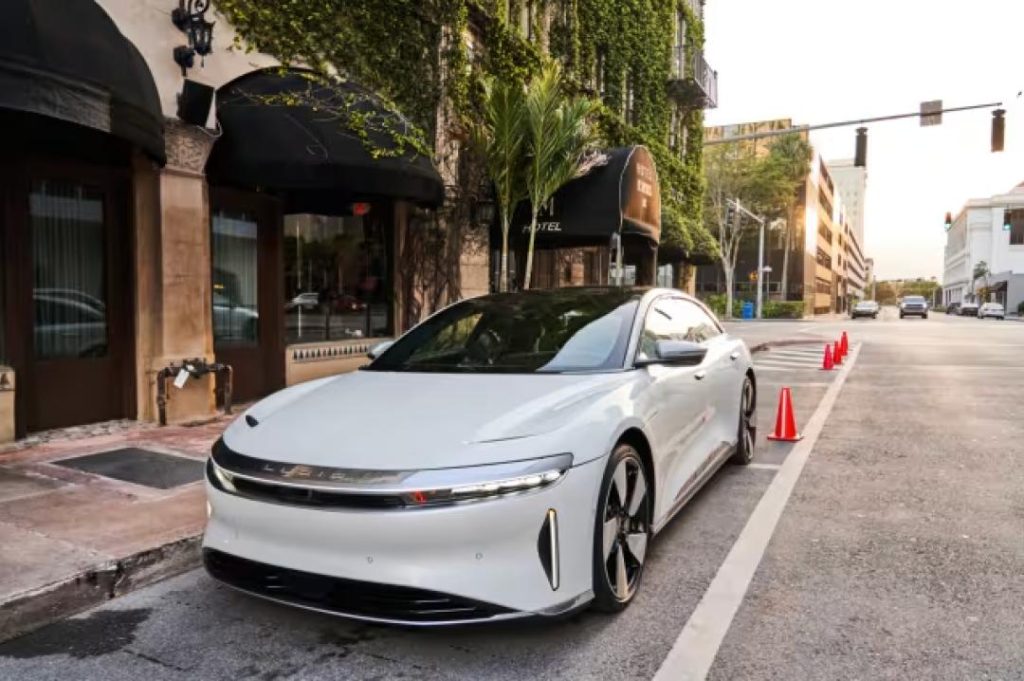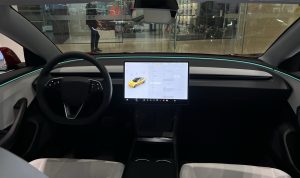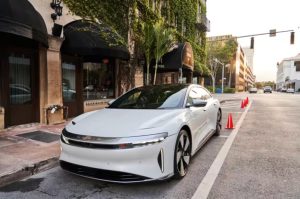A Nearly 90% Plunge: Bursting of the Electric Vehicle Stock Bubble in the U.S
4 min read
Focus
Electric vehicle (EV) technology hasn’t disappeared; what has vanished is the sky-high valuation of EV startups.
Investors and car companies are now trying to decipher the next development trends in electric vehicles. The slowdown in EV growth, previously attributed to various factors such as higher interest rates, EV technology, and Americans’ willingness to shift to electric vehicles, is under scrutiny.
Regardless of the reasons, one thing is certain: the EV stock bubble has burst. Consider these numbers:
The combined market value of Nikola, Fisker, Rivian, Lucid, Canoo, Lordstown, NIO, XPeng, and Polestar once reached $470 billion. These startups peaked between 2019 and 2021 when benchmark interest rates ranged from 0% to 2%.
Now, the total market value of these stocks is approximately $59 billion, an 87% decline from the same period last year. Investors have lost interest in stocks that cannot generate free cash flow. These nine companies collectively used around $46 billion in cash to build their businesses.
In the past year, these expenditures resulted in approximately 420,000 vehicle sales, averaging a cost of over $100,000 per vehicle.
Of course, these companies raised funds before selling any (or many) cars. Nevertheless, 420,000 is still a distant figure for most of these companies. NIO, XPeng, and Rivian account for over 80% of these sales. By 2024, the total revenue of these nine companies is expected to reach $36 billion, with 70% still coming from NIO, XPeng, and Rivian.
The journey for electric vehicle startups has been challenging, to say the least. Whether it’s Tesla, BYD, or NIO, profitability has been hard to achieve for these three electric vehicle manufacturers. Their combined peak market value was about $1.4 trillion. Now, this number has dropped to around $900 billion. Tesla represents the majority of these figures, with its market value falling from $1.2 trillion to $770 billion.
These three companies generated approximately $4 billion in free cash flow in the first three quarters of 2023, producing a total of around $20 billion in free cash flow throughout their existence. Tesla accounts for almost half of this figure.
Traditional automakers have not been spared either. General Motors, Ford, Stellantis, and Volkswagen are all transitioning to the electric vehicle wave, announcing investments of billions in battery plants and new models. However, their total market value has dropped nearly 50%, from a peak of about $425 billion to the current $220 billion.
In summary, over the past few years, as investors reevaluate the valuation of electric vehicles, about $1.4 trillion in market value has evaporated.
One reason for their reassessment is that growth seems to be slowing down. General Motors and Ford have delayed spending on electric vehicles and lowered sales targets.
Meanwhile, the hybrid vehicle market is thriving. As of October, hybrid vehicle sales for leading company Toyota increased by about 28% YoY. Hybrid vehicle sales have essentially mirrored Toyota’s overall vehicle sales growth so far in 2023. This growth has also boosted stock prices, with the company’s stock rising over 35% in the past 12 months.
However, demand is not as bleak. As of the end of the third quarter, sales of all battery-electric vehicles (BEVs) in the U.S. and Europe increased by about 50% YoY. In China, BEV sales account for about 25% of total new car sales, with a growth rate approaching 20%.
“We’ve been talking about demand growth slowing down, not demand slowing down,” said Paul Jacobson, CFO of General Motors, in an interview with Barron’s last week.
Jacobson believes that with improved charging infrastructure, new model launches, and American car buyers gradually adapting to this technology, demand for electric vehicles in the U.S. will continue to grow.
Wall Street also agrees with Jacobson’s view, including analysts from Royal Bank of Canada, Tom Narayan, Bernstein analyst Toni Sacconaghi, and others.
Narayan and Sacconaghi both wrote that demand is not the issue but more models are needed to cover more aspects of the overall automotive sector. There are currently too many midsize crossover electric vehicles in the market, but there is a lack of compact cars, midsize trucks, and SUVs.
Models matter significantly. Even Tesla’s growth rate is slowing. Wall Street expects the company’s delivery volume to be around 2.2 million vehicles in 2024, growing by about 20% to 25% from 2023, far below the 50% annual growth rate from 2020 to 2023.
Since the launch of the Model Y in 2020, Tesla has not introduced a new model. Although the latest electric pickup truck has just been launched, it is expected to be a niche model in the coming years.
In an interview released on Tuesday, Tesla CEO Elon Musk said the company has made significant progress in developing a small, affordable car. This will benefit the electric vehicle industry and Tesla’s market share.
Electric vehicle technology hasn’t disappeared; what has disappeared is the sky-high valuation of electric vehicle startups that are yet to turn a profit.



